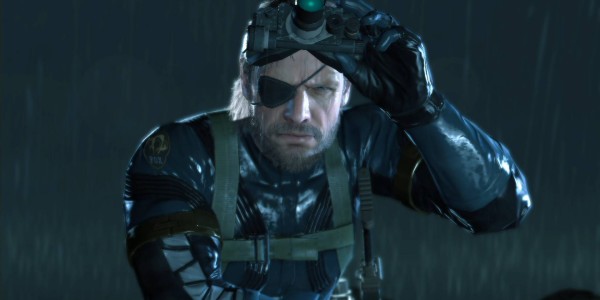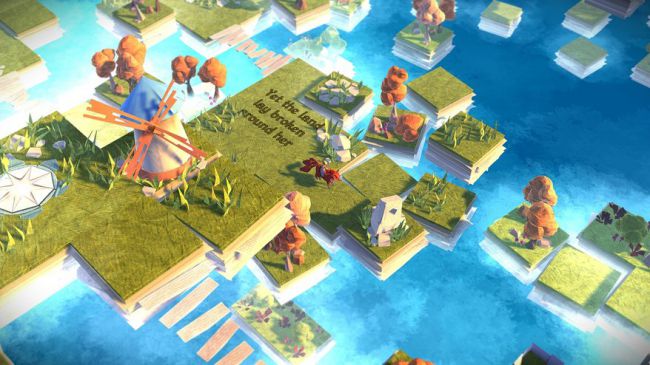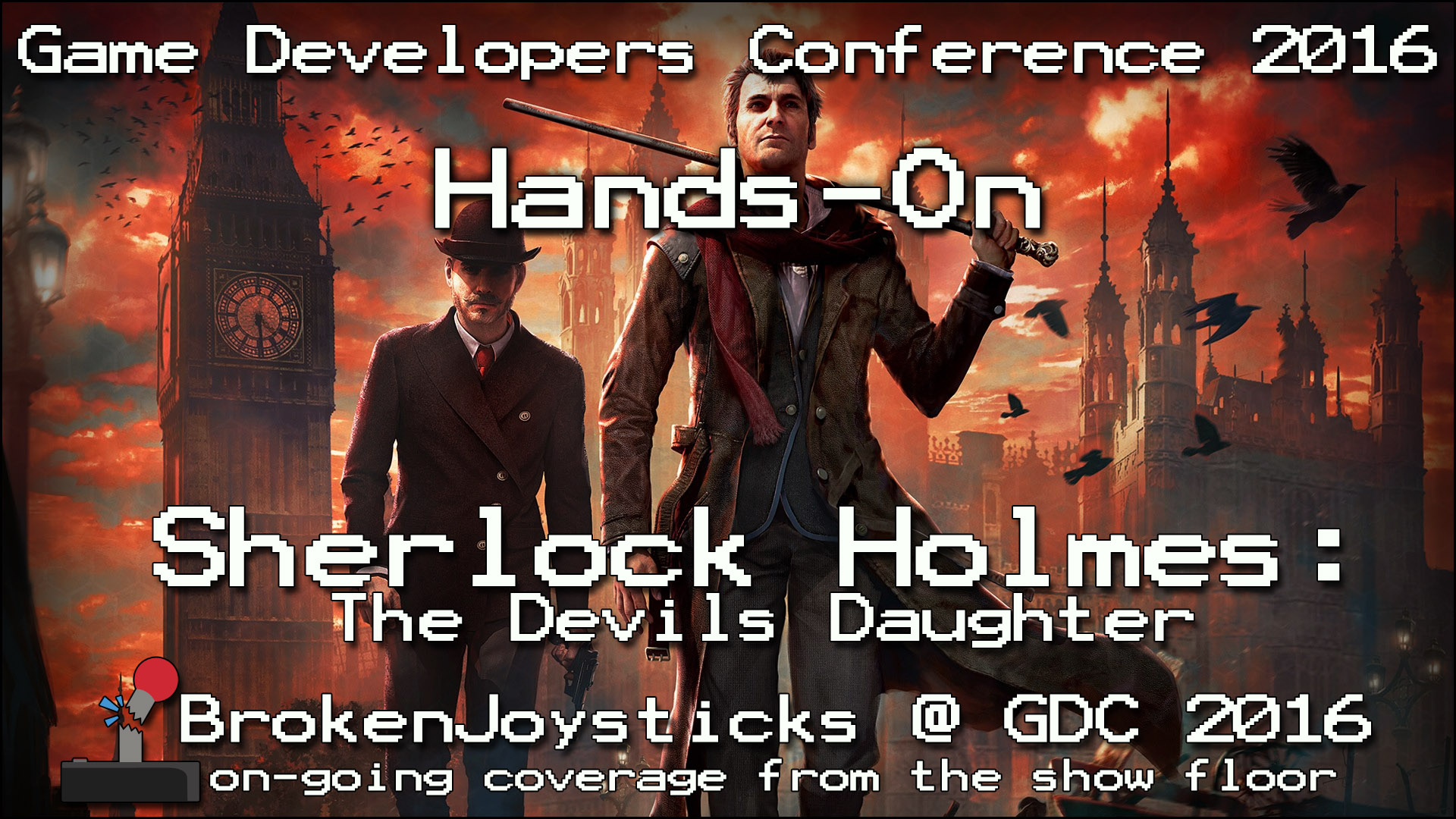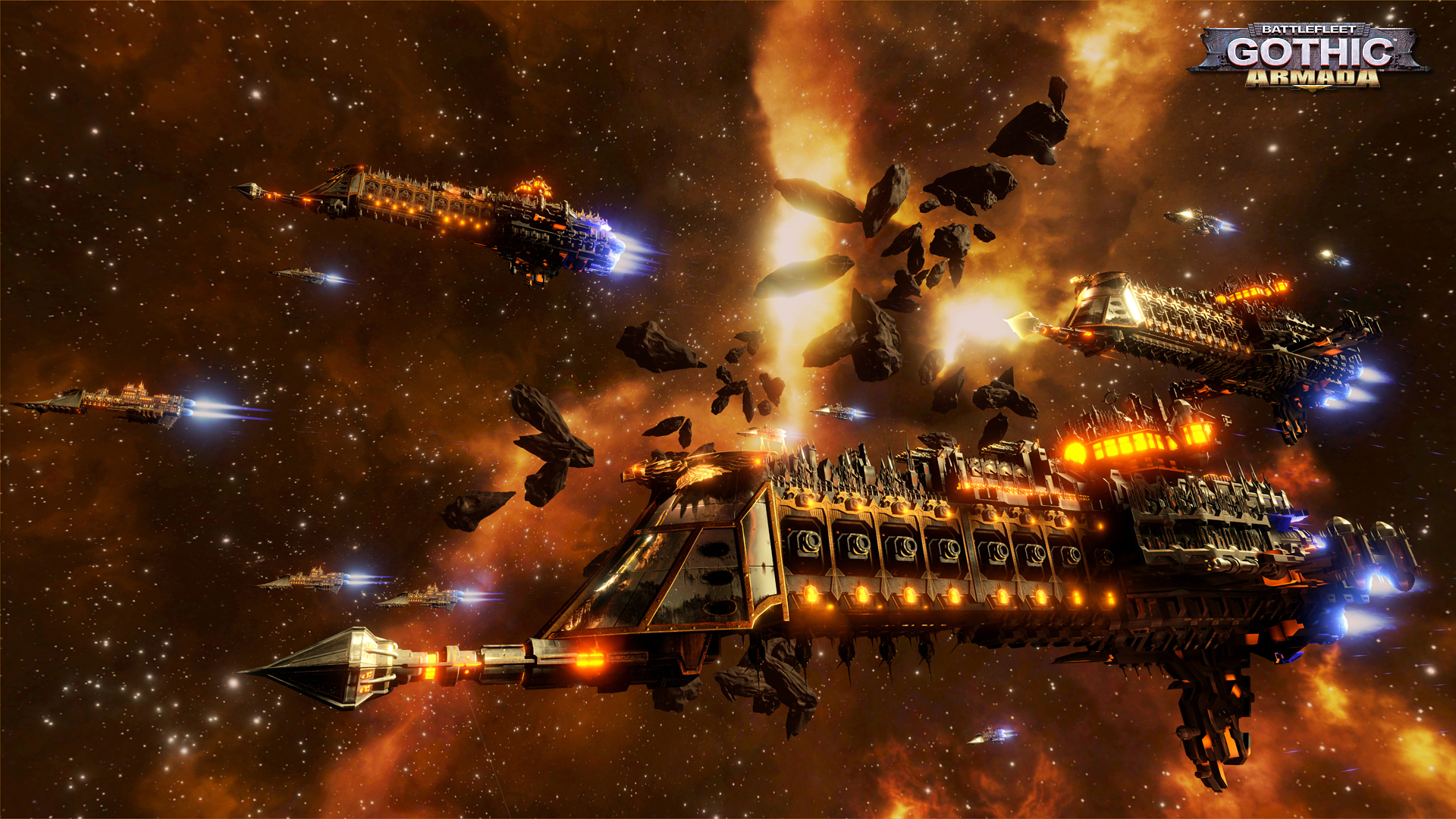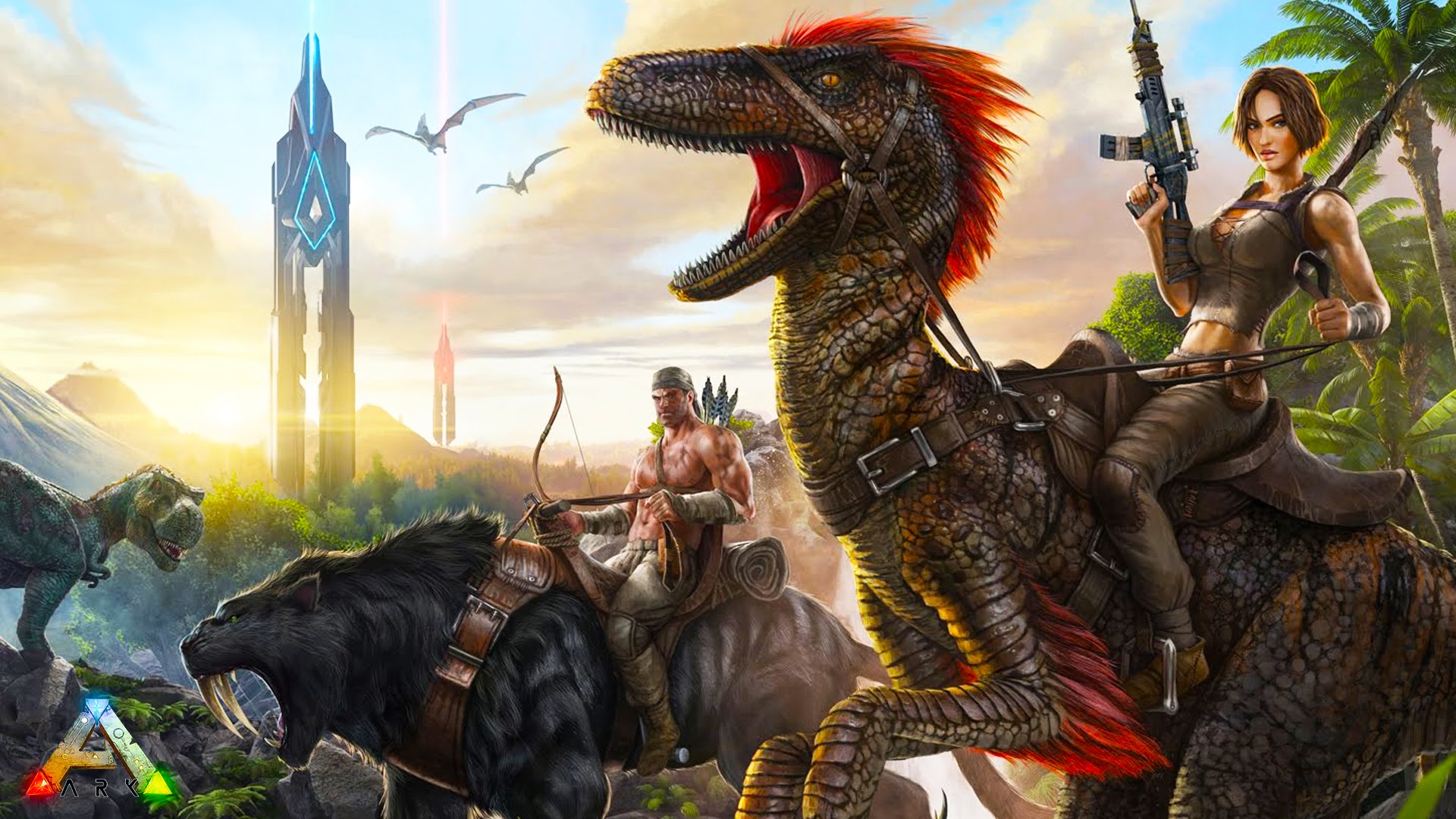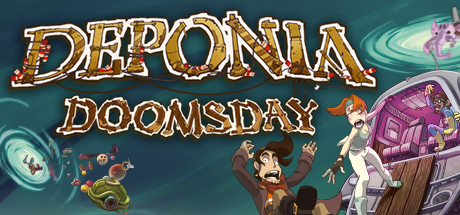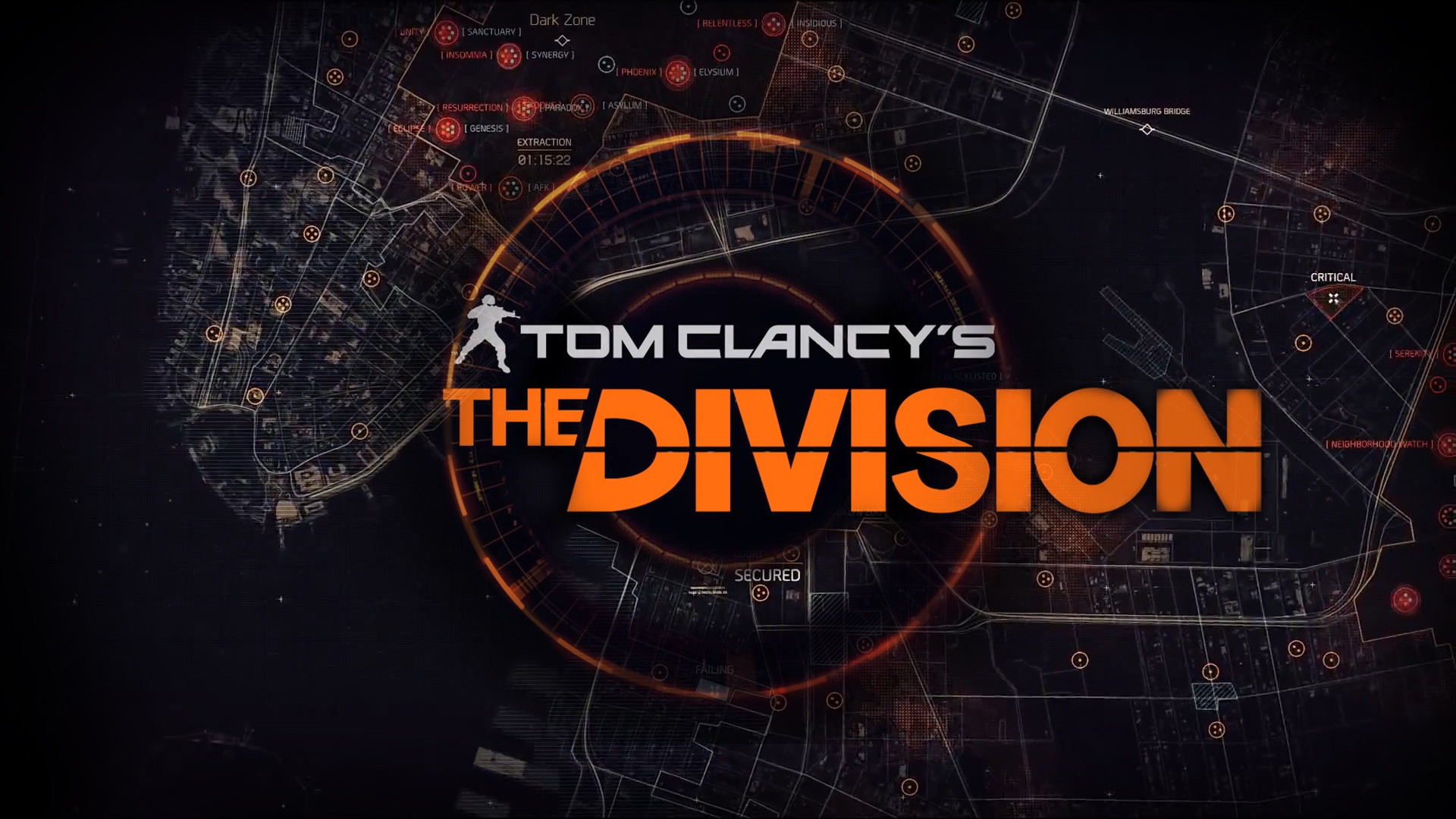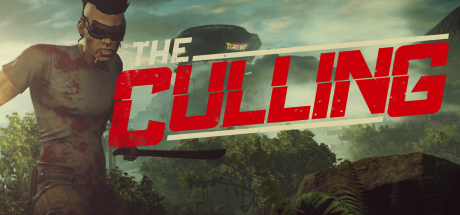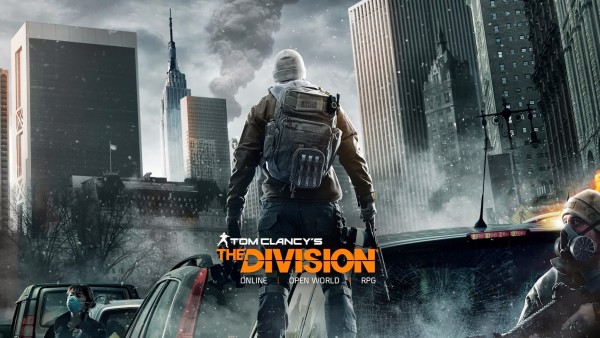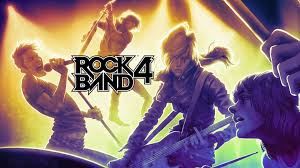Archive Post
Home / PC
Hyper Light Drifter | Review
Hyper Light Drifter is an incredible and intense experience. It pulls at you with war,…
Epistory – Typing Chronicles gets a trailer.
Its been a very long time since I learned to type on Mario Teaches typing…
Slain! | Review
The new platformer / smash’em’up “Slain!” is the first release of its developer Wolf Brew…
PolyRace races in for a review
PolyRace may seem like a deceptively basic and easy racing game at first glance, but…
Space Grunts | Review
Space Grunts is a lovely little game available now on Steam for PC/Linux/Windows, the Humble…
GDC 2016: Sherlock Holmes: The Devils Daughter Preview
Sherlock Holmes: The Devils Daughter is an action-adventure game that transports players once again back…
Battlefleet Gothic: First Impressions
If you have read any of my content at all on this site you know…
ARK: Survival of the Fittest, New Free To Play Game, Out Now
Quickly played action-oriented survival games appear to be all the rage lately, with some of…
Deponia Doomsday Review: “We call this place ‘The Waste of Time’”
Review by Guest Editor: Luce Having never played a Deponia game before, I didn’t really know…
The Division Has The Potential To Get Quite Repetitive
Yesterday saw the launch of one of the most anticipated new gaming IPs in some…
The Culling is everything King of the Hill should be
Have you ever wanted to feel like you are in the Hunger games? Yah, me…
The Division is not off to a good start
It seems no company can launch a game these days with out headlines proclaiming that…
Kôna: Day One or How I Learned to Stop Worrying and Love Canadia
Let me just say that out of the gate, Kôna Day One captures the idea and view…
Rock band 4 to come to PC via Fig
When I say Rock Band, it evokes in most people memories of playing the game…

